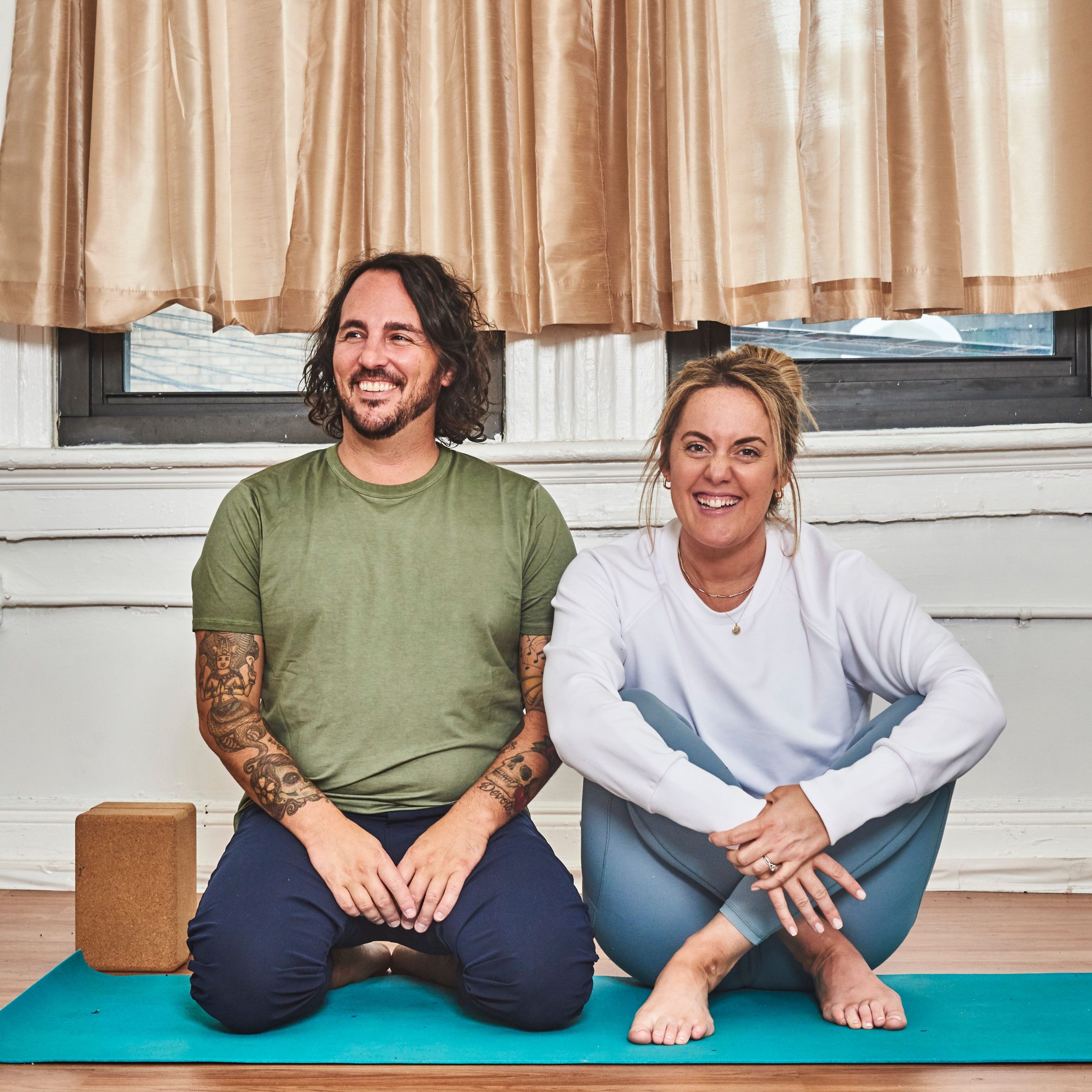
It’s happening… with a hunger for adventure and passion for the practice, you’ve decided to host your first ever yoga retreat! Ok… the idea is great… now what?
There are a ton of ways to lead a retreat, but some vital things to consider along the way. While you may have an initial idea for where and how you want to host, ironing out these simple details will help make your planning go that much smoother.
You are your own unique person with your own unique teaching and leadership style — This can be reflected in the retreat and will probably act as the foundation for the people who end up signing up!
Alright… let’s dive in. ?
*These are a series of helpful topics that, as a retreat leader, you may not always discuss with a yoga retreat center or even a travel company that helps you put together a retreat. Leading a transformative and successful retreat requires lots of research and planning. You also want to make sure you and your participants are safe and well-informed. We designed this article to help in that process, but as always, feel free to take away only what you need!
Table of Contents:
1. Important Things To Know About Traveling Internationally
If you are traveling outside of your country, you need to work with your point of contact or the retreat center you’re working with to discuss important things like visa, vaccination, and any entry requirements for the country you’re visiting. You’ll also need to discuss weather, local currency, ethical or cultural sensitivities, and guidelines for being a respectful tourist. When you’re leading a yoga retreat, you’re also responsible for educating yourself and your participants on ways to behave respectfully in a new culture and environment.
It’s important to remember that you’re a guest in someone else’s “home.” You’re there to learn and experience the culture. You need to remind your participants that many of their usual comforts from home may not be available while they’re on an international retreat. This can be frustrating for some people, but it’s your job as a retreat leader to diffuse any interactions that may be disruptive to other participants and to the people in the country you’re visiting.
It may be helpful to create a things to know list for yourself and for your participants. This will alleviate the stressors for those participating in the retreat who are maybe experiencing their first ever retreat or even those who tend to need a little bit more guidance. It will also help to keep everyone on the same page.
2. Licensing, Certifications, Permits
As a yoga teacher, you may already be familiar with things like liability insurance, waivers, and contracts. We go a bit more in-depth with things like that in our Yoga Retreats Training, but for now, make sure that all of your credentials are up to date and. You don’t need a certain certification or license to lead a yoga retreat, but you do need to make sure documents like your passport or driver’s license are up to date.
If you’re leading a more local retreat and you’re serving as a guide, check the expiration dates for all of your own licenses. For example, if your retreat involves a hike, you most likely need a guiding license. If your retreat involves a yoga class at a park or on a beach, you may need to obtain a permit to be there and to have people moving through a physical activity.
3. Safety, Precautions, and Staying Ahead of Injury
It all keeps coming back to communication. You need to make sure that you know the terrain of your retreat destination, the climate, and also where all local pharmacies and doctors are. If you’re leading a retreat with an adventure element to it like mountain biking or surfing, make sure you know how far away help is in case of emergencies.
All of your participants should get travelers insurance if your destination is outside of your own country. In your participant intake form, you should also ask them to include allergies, medical concerns, or anything else that you should know about their health.
4. Partnering vs Leading Your Retreat Solo
You need to ask yourself if you want to lead your retreat alone or if you want to partner with another yoga teacher or professional. If you’re leading your retreat solo, you will make more money from the experience, you’ll have more control over the itinerary, and you won’t have to check in with someone else whenever a decision needs to be made.
If you partner with someone, whether it’s another yoga teacher or someone like a climbing or surf instructor, you will be splitting your final payout. However, you’ll also have someone else to facilitate and hold space for the group, you’ll have a bit more alone time for yourself, and you can also take part in someone else’s yoga classes or whatever activity your retreat partner provides.
5. Deciding Your Cost
Who are your participants? Where are they from? What are they willing to spend on a yoga retreat? Be mindful that what you choose to include will also inform these questions. You may choose to stay at a place that’s rated at 5 stars vs 4 stars if you want it to be more affordable for your participants.
It’s important to make sure at the bare minimum that your costs are covered for leading the retreat. Things to factor in would be your flight, your accommodation, food, transport to and from your departing airport, and also how much money you would like to make from this. No one likes to talk about money, but in order to help create a sense of fulfillment, be honest about what you need personally to make your retreat happen. We provide a much more in-depth example and worksheet on how to properly figure this out in our Retreats Training.
6. Can I Lead a Yoga Retreat?
If you’re inspired to do something or if you feel a strong call to make something happen, then go for it. If you don’t, you’ll regret it or think about it for the rest of your life. When you’re called to lead a yoga retreat, you also are being called to step into the role of a leader. As yoga teachers, we are all leaders in some way.
Being in the role of a leader means to really think about what it means to be balanced, to be available to others, and to also teach by example. If I’m constantly fighting with my retreat partner, for example, how can I talk about impactful communication to my group?
7. Learn From My Mistakes
I made a lot of mistakes. There are a lot of things that happened (or didn’t happen) that could have been avoided if I’d done my own research or talked to people who had more experience than me.
- Don’t over-plan — This causes participants to become too attached to the schedule and potentially get upset when things don’t go as planned.
- Avoid too much yoga — Your participants may get overwhelmed or too tired if you include too many classes. You also might get too tired to teach a scheduled class and need to skip it, which may cause some people to be upset that something was taken off of their itinerary.
- Keep your retreat on your website — People still like to have access to it from their computers, tablets, and phones while they’re with you. Your participants may also be sharing pictures to their social media accounts and keeping your retreat listed will give them something to link to and also help promote you or upcoming retreats.
- Provide a basic language guide — It’s so important to make an effort when speaking with locals. Learning a few phrases like “Hello” and “Thank you’ can go a long way in showing respect. No effort is too little. Assuming you have no access to certain toiletries and personal products. Some products may be harder to find when abroad, so be sure to pack necessities for both you and your participants.
- Inform participants about currency — Research where and when to change money or pull money from an ATM. Educate yourself on ATM locations and also currency exchange in the country or along your journey.
- You can’t make everyone happy all the time — On a yoga retreat, people may be out of their comfort zone and a lot of different personalities are together for a long period of time. It’s important to be sympathetic, nurturing, and also in the role of a leader, but it’s also important to remember that making one person happy may make another person upset. Remember why you’re there and what it is that brought all of these people together. Stay connected to that and perhaps hold space for a gratitude-share or a meditation on gratitude.
- Remember… it’s a vacation! — As leaders, it’s important to step out of the center. You should hand over the more comfortable rooms, the massages, and also switch dinners around if that means creating a better experience for your participants.
- Have clear boundaries — Sometimes, friends will want to join you once they hear you’re hosting a retreat. Your friends may think you’re ‘just on vacation’ with them. It’s important to give your attention to the whole group and not just to the people you know and are familiar with. Change who you sit next to at every meal.
For the full story, read my article on Retreat Horror Stories (and how to learn from mine). ?
There are so many moving parts when it comes to leading a retreat and there is so much to learn. The team at YogaRenew have created a yoga retreats training for this exact reason. Inside that training, we’ll cover all the bases discussed in this article & more to guide you towards creating your dream retreat.
✨ You’ll learn how to figure out your destination, learn how to piece it together, and also learn what to do and what not to do while on the retreat. Check it out, below:
Join our mailing list for incredible weekly content!

Join our mailing list for incredible weekly content!








